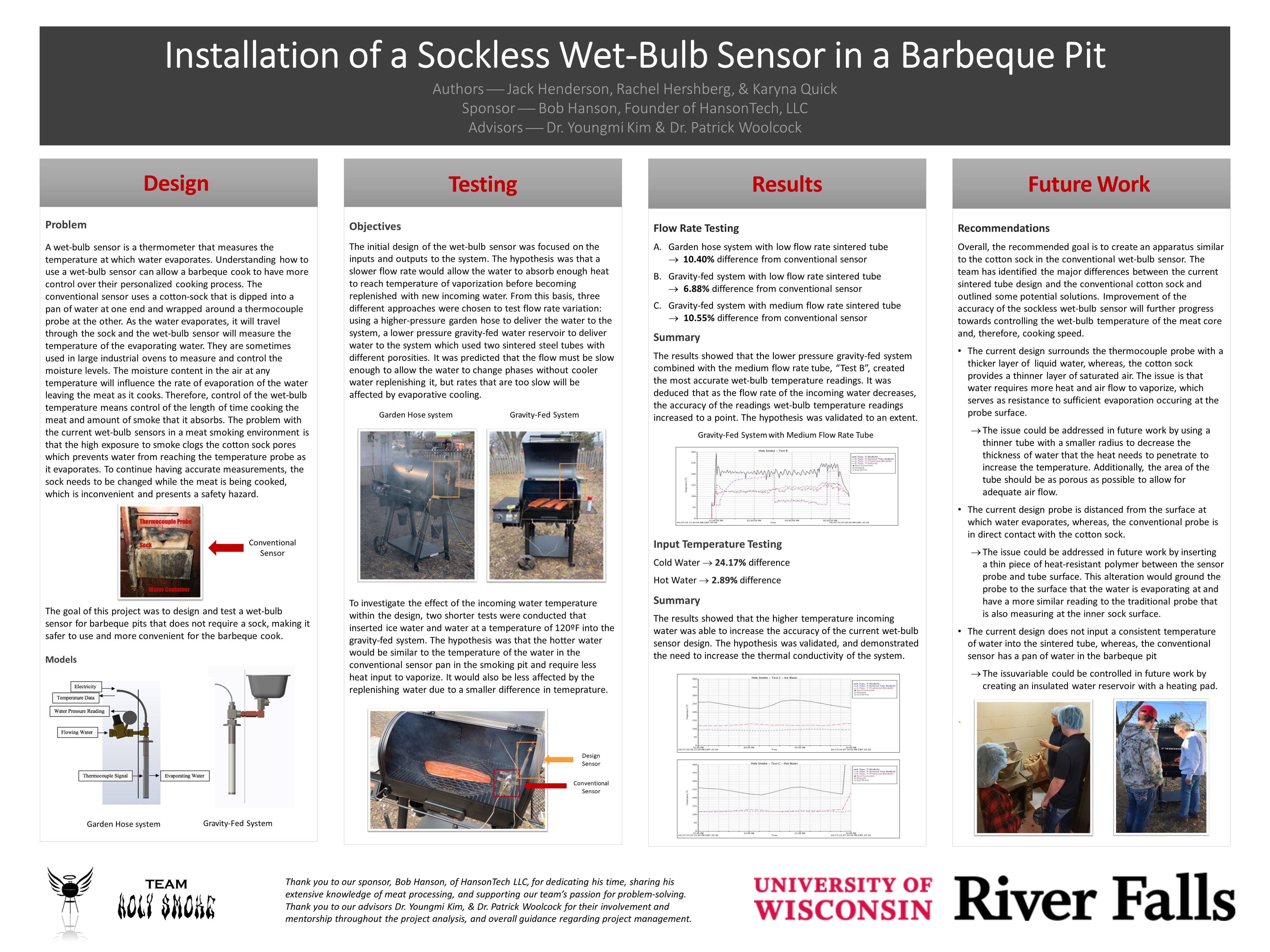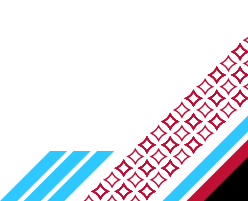Learn By Doing
As an student, you'll participate in team-based, hands-on lab activities each year of your program. For students in the engineering programs, your academic career culminates with a design experience - a senior year capstone project building on the knowledge and skills gained in your prior coursework. Engineering technology students have a similar but less intense design experience in the Senior Professional Seminar Course. Explore below to see recent work by our students!
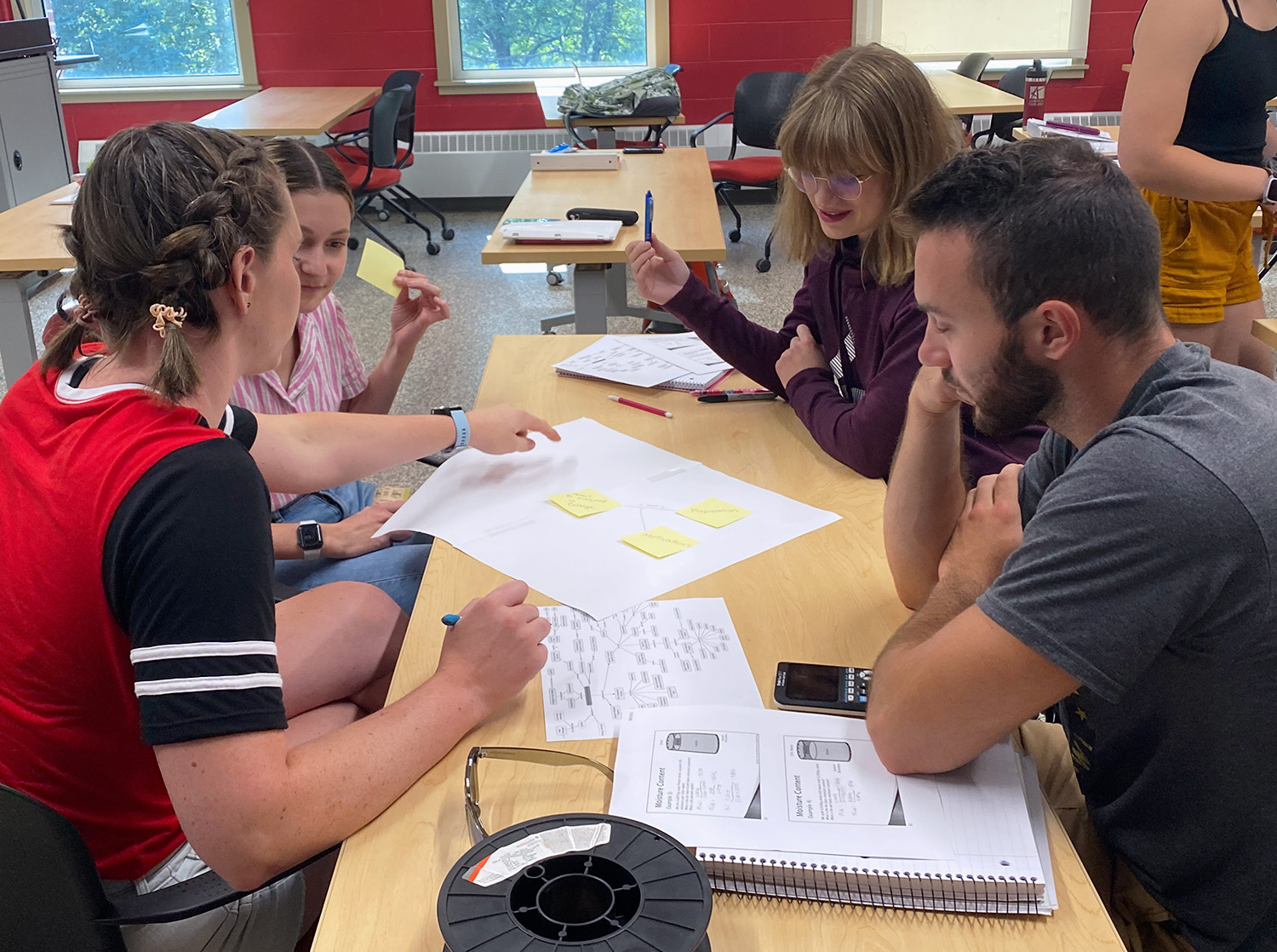
A local machinery manufacturer was having usability and ergonomic problems with an access panel (hood) on one of their combine harvesters. Hamlin took a step back, researched the applicable US and international design and safety standards, then got hands-on experience with the actual combine harvester before she re-designed the access panel. Computer stress analysis was performed, then a new panel was fabricated, installed and tested. The new access panel was found to be much easier and safer for the operator to open and close, while maintaining similar cost.
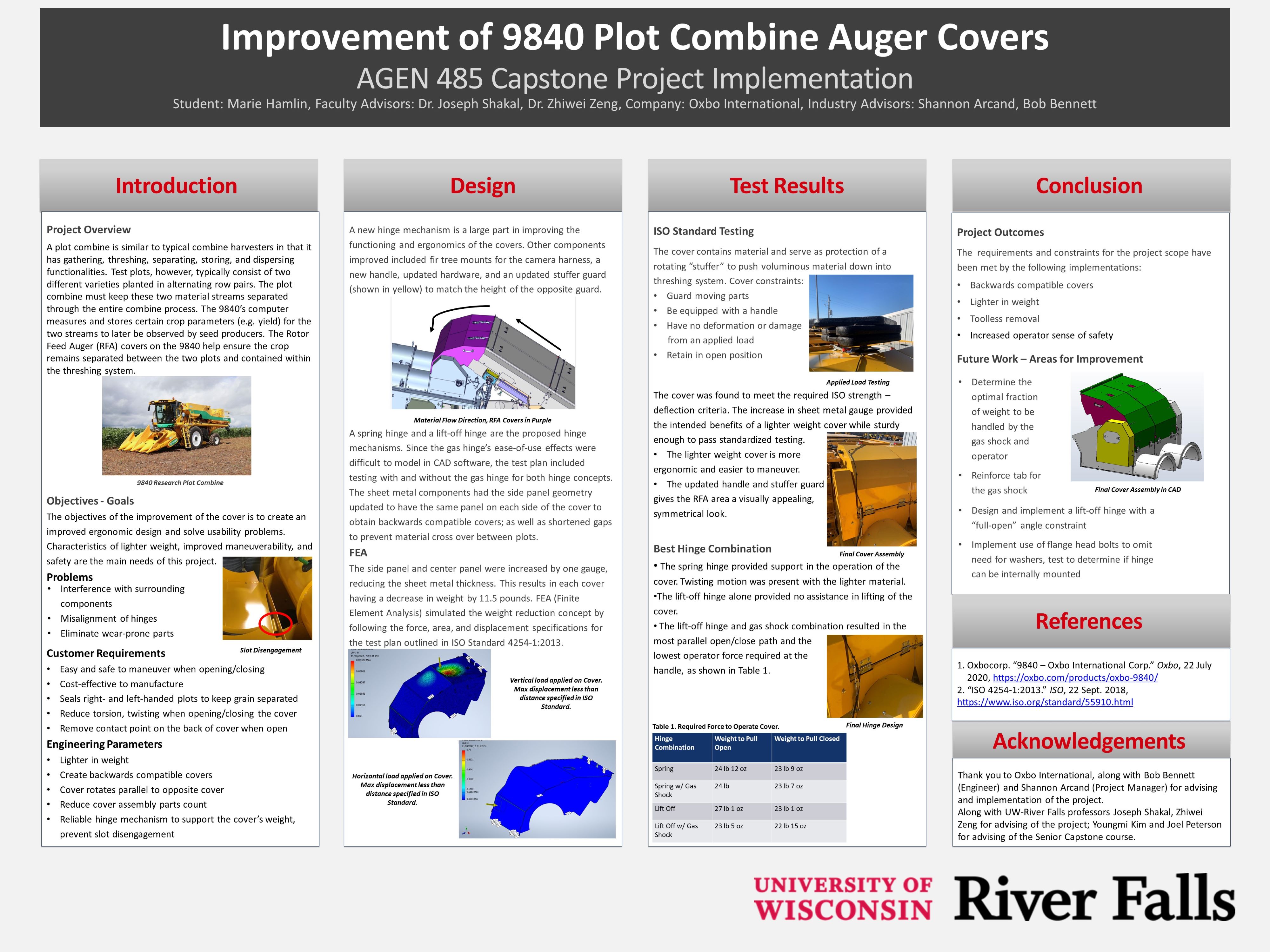
Clean lakes, rivers and streams are important now more than ever, and in areas where animal agriculture like dairy farming is carried out, keeping manure in the soil and not in run-off is key to keeping waterways clean. Engineering student AJ Loefer designed a unique applicator to minimize odors and run-off by incorporating the manure into the soil. Design constraints were taken into account for a particular tractor size and finite element analysis (FEA) helped determine the structural size for the needed soil tillage attachments. The machine is currently in the testing phase.
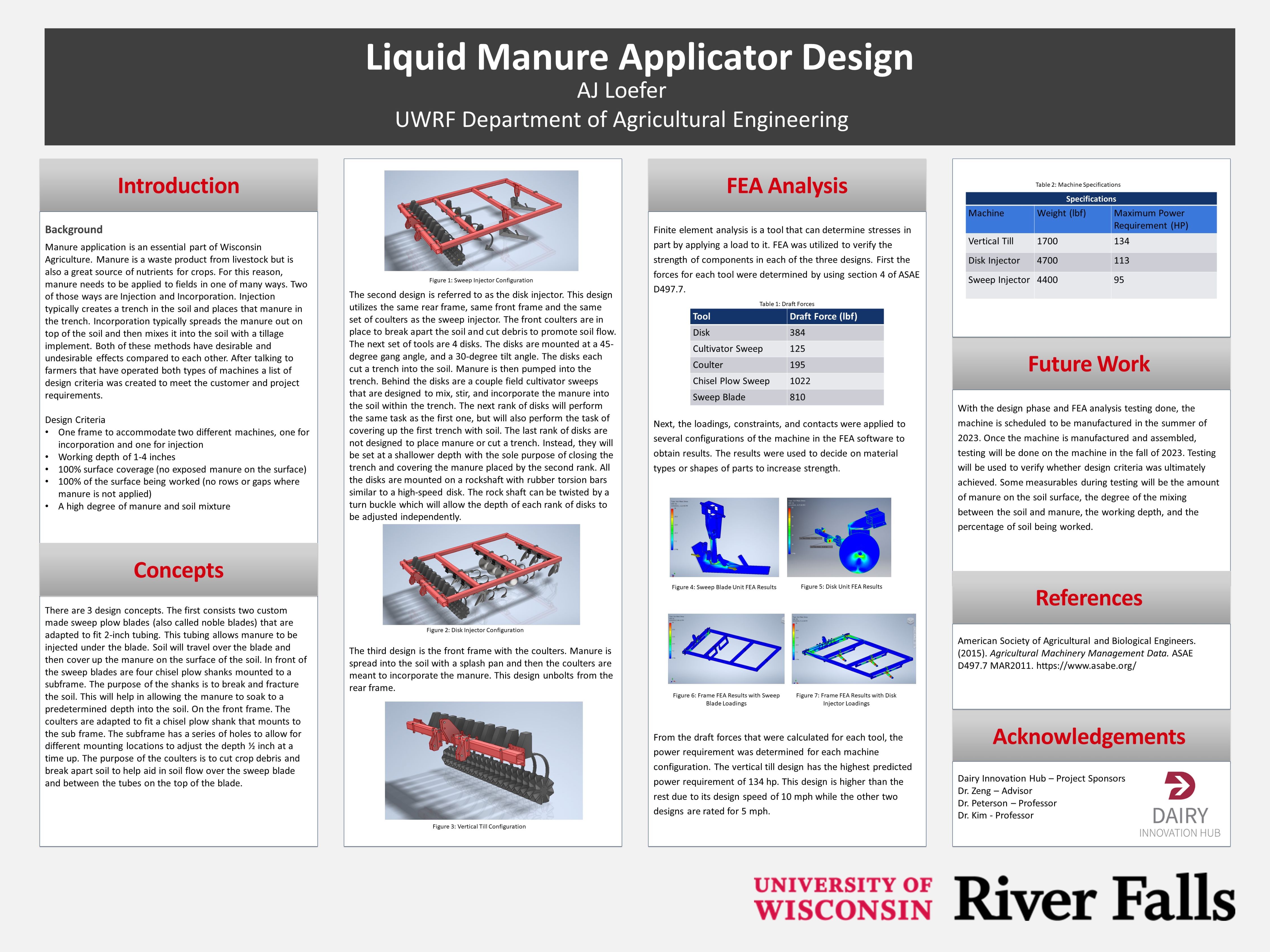
Rainwater runoff can be a problem in urban areas with pavement covering large areas and in agricultural areas, where topsoil is lost due to erosion. Loss of topsoil means loss of the ability of soil to produce food, pollution of waterways and contamination of groundwater. Student team VAN was tasked with solving a topsoil erosion problem and selected a dam (embankment) as the preferred design solution. A topographic survey and HydroCAD computer modeling showed that their dam could capture the rainwater, allowing it to percolate into the aquifer, and thus reduce runoff flowrate from 25 cfs (cubic feet per second) to only 4.4 cfs.
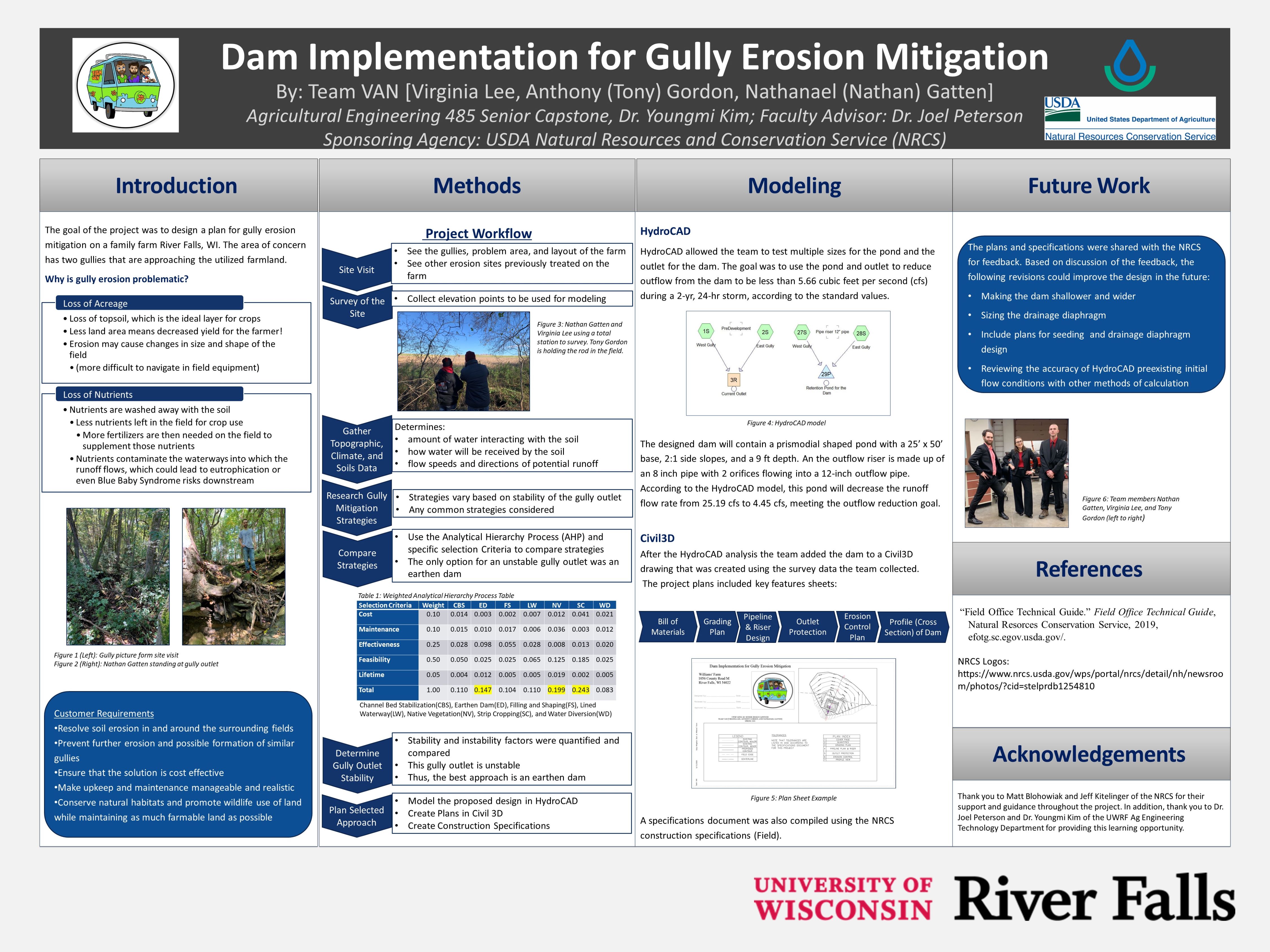
Small-scale grazing is becoming popular as consumers look for sources of grass-fed, organic and/or free-range beef. Grazing can have negative impacts on riverbanks, even if the waterway is dry for part of the year. Team KAT was faced with solving a streambank erosion problem on the Big River, a tributary of the Mississippi River. The team inspected the property and found areas of riverbank degradation. They surveyed the area and applied computer models with Civil 3D and HEC-RAS. Taking into account the stakeholder (land-owner) constraints, Team KAT proposed several solutions, such as re-grading, re-vegetating and fascines (bundles of cuttings).
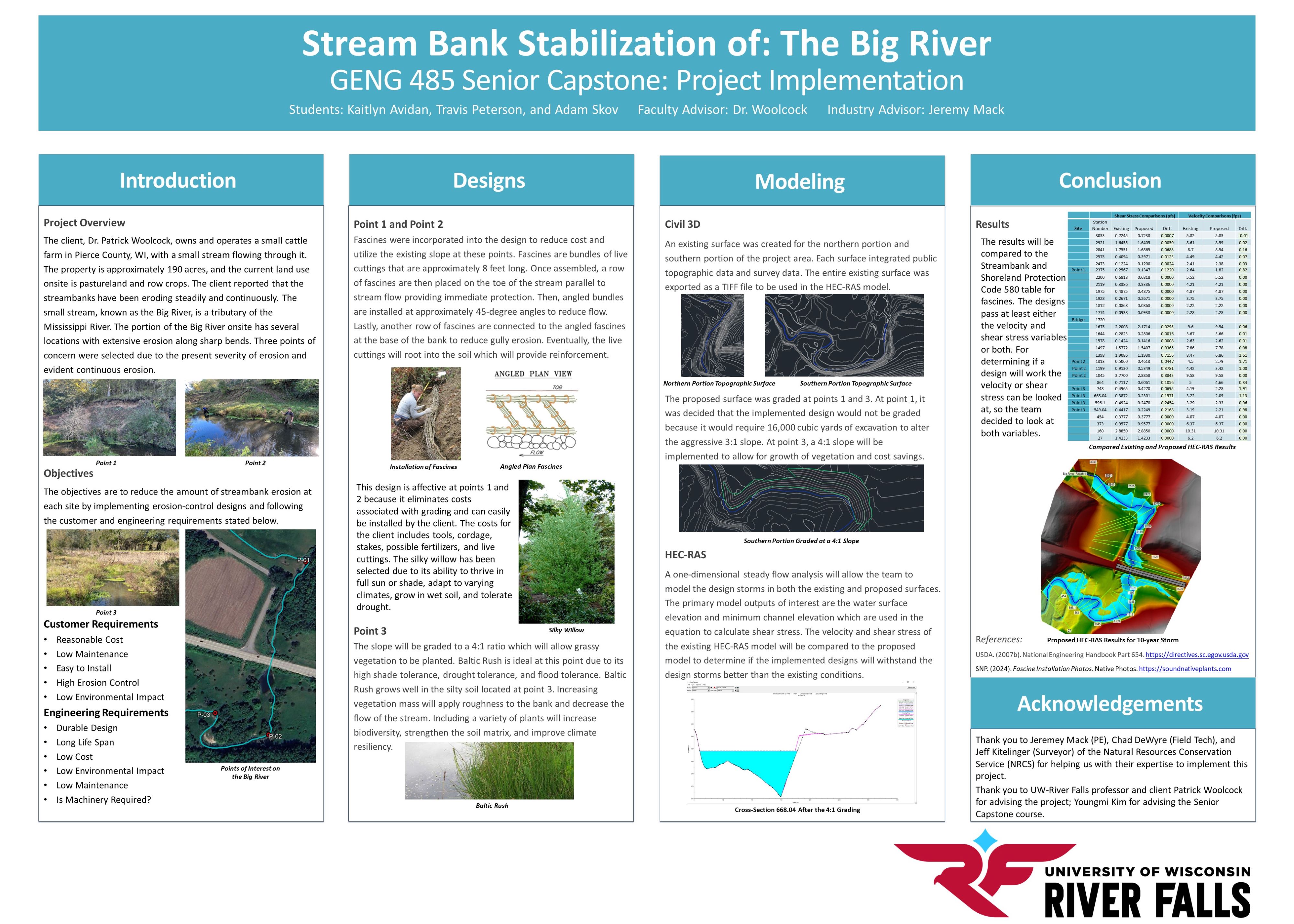
What is the secret to perfect smoked meat (ribs, brisket, etc.)? Temperature? Covering? The brand of smoker? Recent tests have shown that to maintain ideal taste, tenderness and appearance of the meat, the smoking process must be carried out based on the humidity level inside the smoker. As in the weather forecast, dewpoint temperature and relative humidity are often talked about, but how are they measured? By a wet bulb temperature sensor. This team of engineering students designed, fabricated and tested several new types of wet bulb temperature sensors that can function accurately and reliably inside a smoker.
